South and east of Istanbul in the Sea of Marmara lie the Prince’s Islands, convenient repositories for a recalcitrant prince or other royalty taking them out of the political game. Nice duty if you can get it.
A convent on Büyükada was the place of exile for the Byzantine empresses Irene, Euphrosyne, Theophano, Zoe and Anna Dalassena. After his deportation from the Soviet Union in1929, Leon Trotsky also stayed for four years on Büyükada.
A convent on Büyükada was the place of exile for the Byzantine empresses Irene, Euphrosyne, Theophano, Zoe and Anna Dalassena. After his deportation from the Soviet Union in1929, Leon Trotsky also stayed for four years on Büyükada.
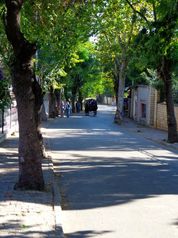
In the early twentieth century, the Prince’s Islands faced the same decision as Islesboro but took the other route: they chose not to have gasoline powered vehicles and today, though they do use garbage and fire trucks and a few commercial delivery trucks for furniture and building materials, the populace and visitors travel by foot, bike or horse drawn carriage. Oh, what a difference that choice could have made for Islesboro!
For me, working long hours and often not leaving the campus of Robert College for days, and Sue, making her way through the intense streets of Istanbul in pursuit of a hook and line to hang a hammock or sea bass for the nights supper, a weekend in the Prince’s Islands was a grand respite: quiet, peaceful and, at least in some stretches, rural.
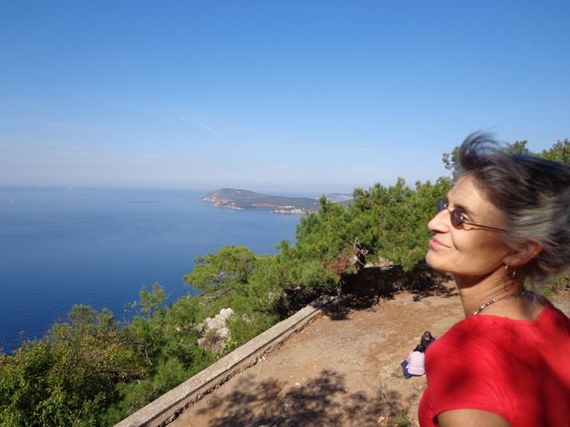
An hours ferry ride ($2US) which stopped at four of the nine islands, landed us Friday night at Büyükada, the biggest of the group and though only little more than 2 square miles, possessed of dramatic changes in elevation reaching heights of 500 ft.
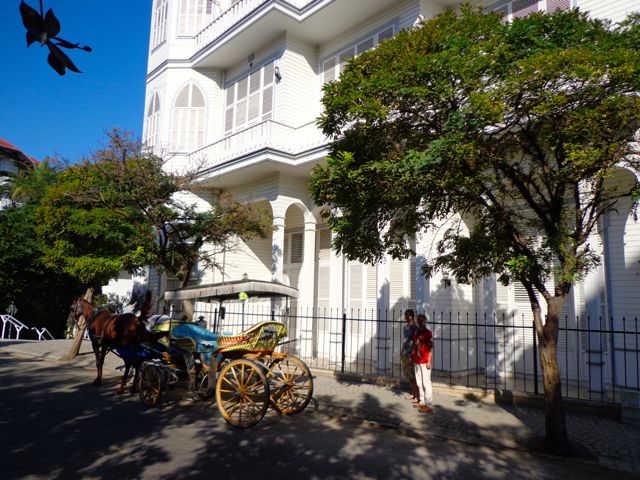
We stayed in a nice small hotel and on Saturday we walked probably eight miles and saw the sights.
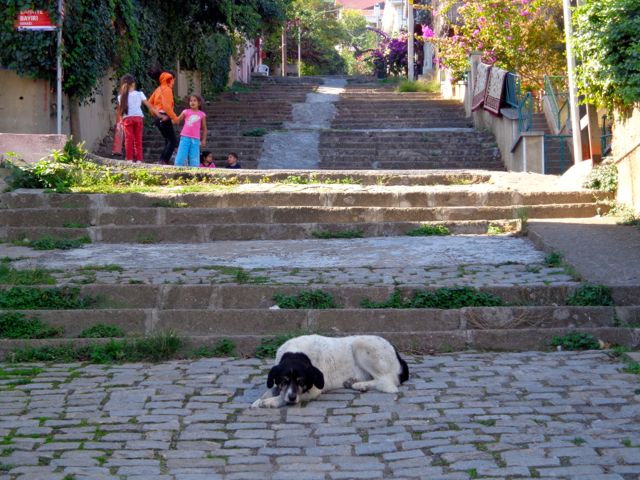
Children skipping rope and dogs in the street are familiar the world around.
See the beautiful houses of Büyükada in the gallery below.
Jesse left us after lunch and returned to the city alone to meet friends for their regular Saturday night club outing. I hope he will soon write of his experiences here, certainly different from mine. I have not stayed out dancing until after the buses quit running, coming home at first light though Jesse has more than once.
We walked to the west end of the waterfront one evening and sat on the concrete bulkhead.
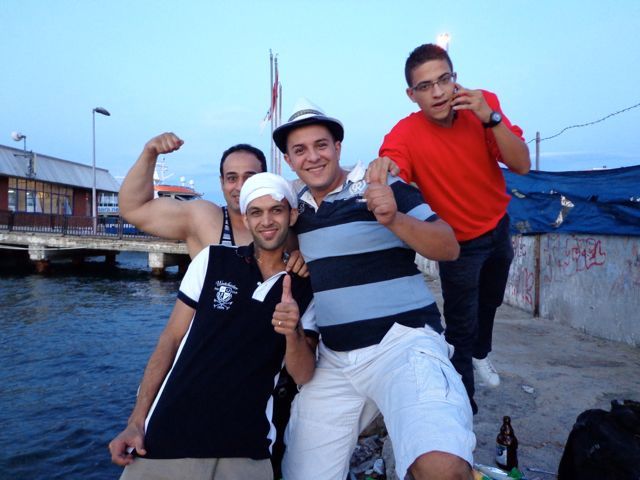
Sitting and standing next to us were a group of young men who, after we settled in and we all became comfortable in each others' presence, resumed not conversation but song, singing one to another, at times the group chiming in together. Delightful.
Returning home on Sunday we stopped on Hebeliada and walked again. Looking back to the mainland the rambling extent of Istanbul became apparent: the coast for ten miles, twenty miles was completely developed with dense hill sides of housing punctuated with modern sky scrapers. And then I realized I could not even see the Istanbul I was familiar with: it was around the next peninsula where the Bosphorus begins.
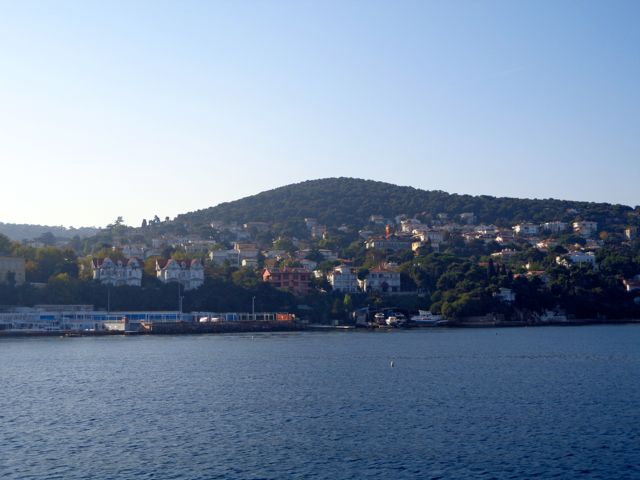
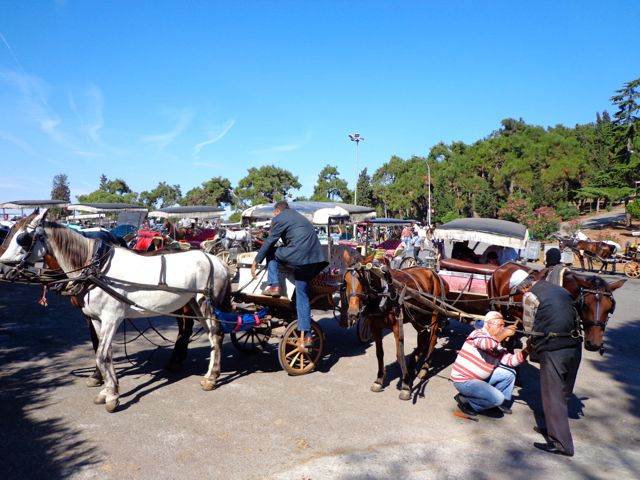
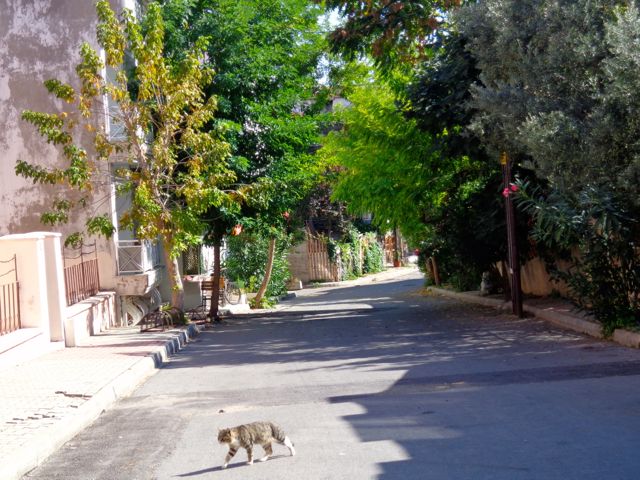
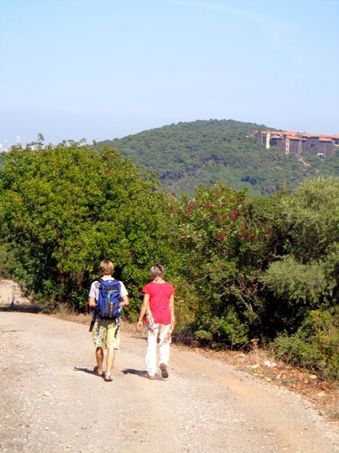
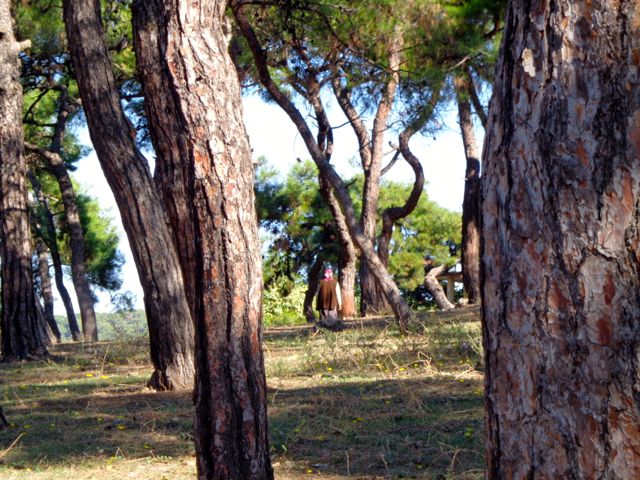
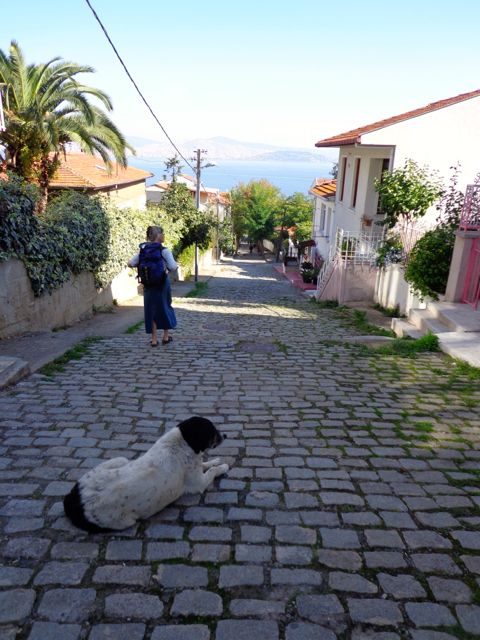
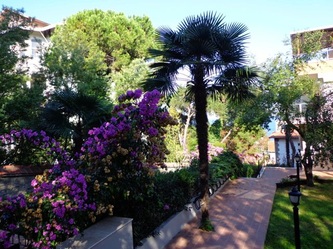
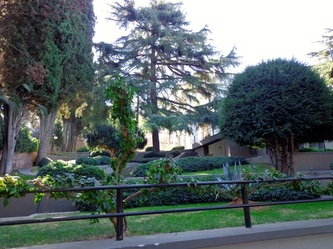
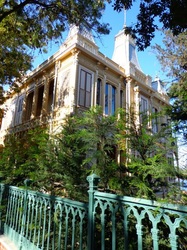
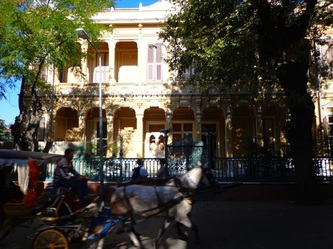
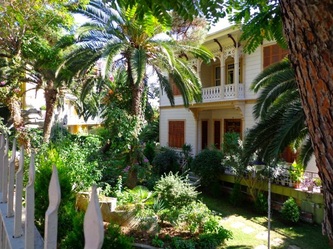
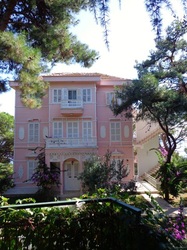
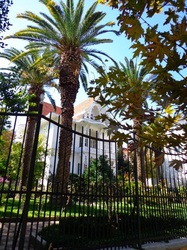
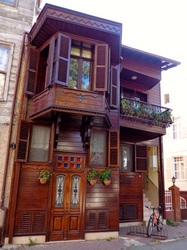
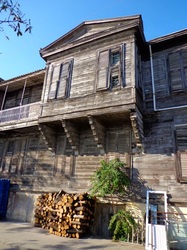

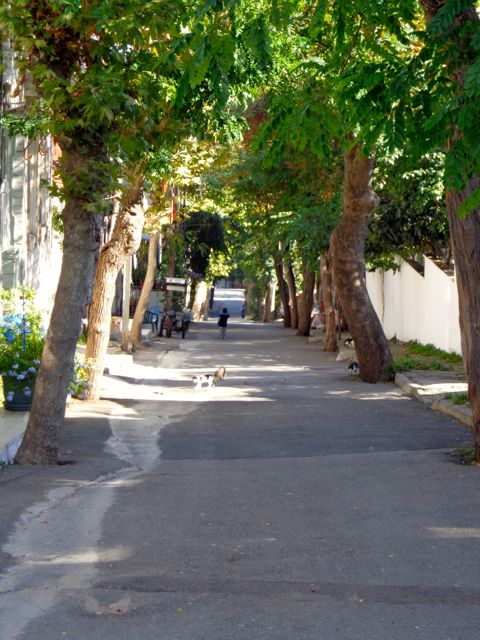
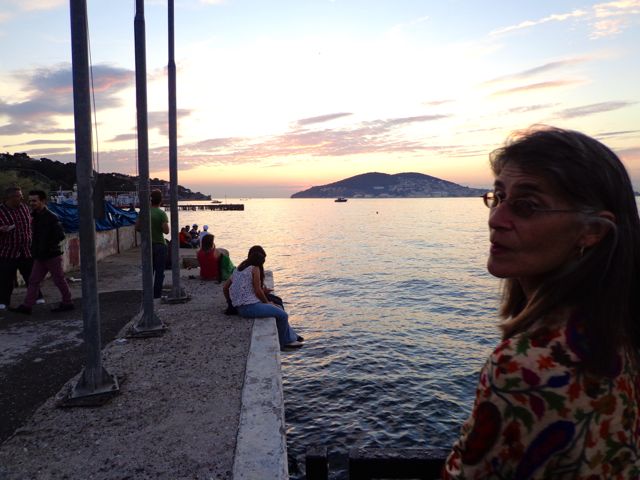
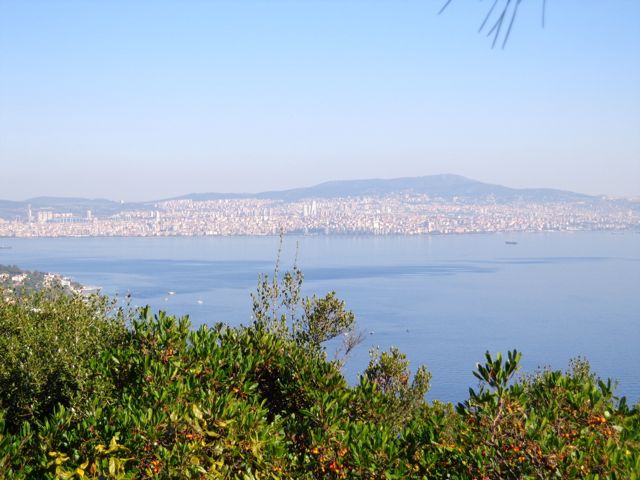

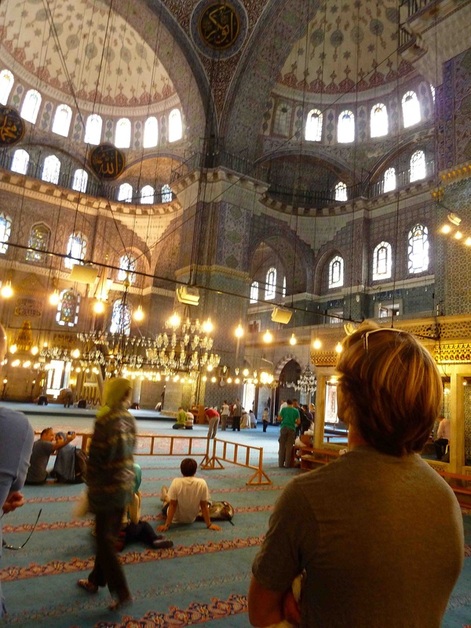
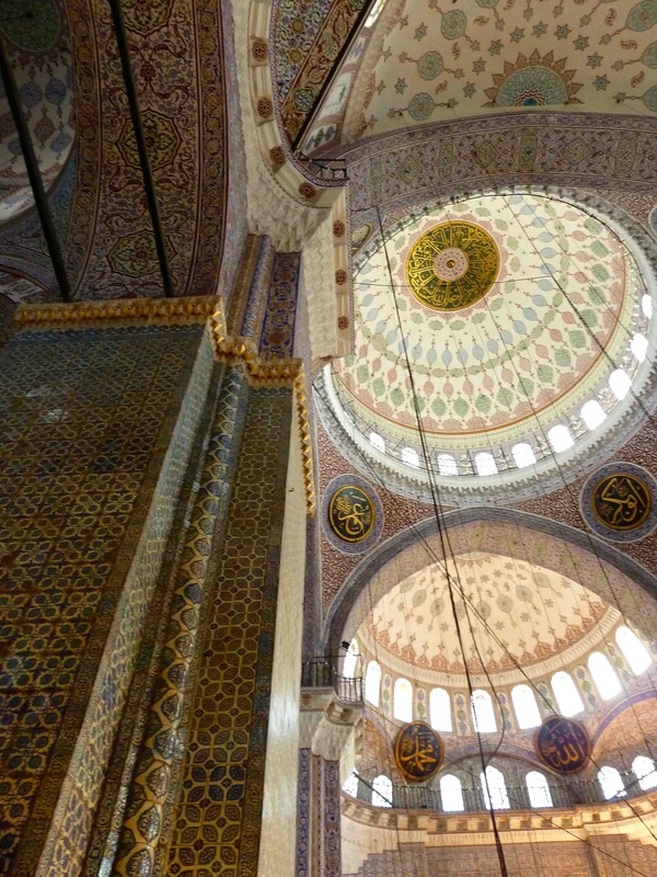
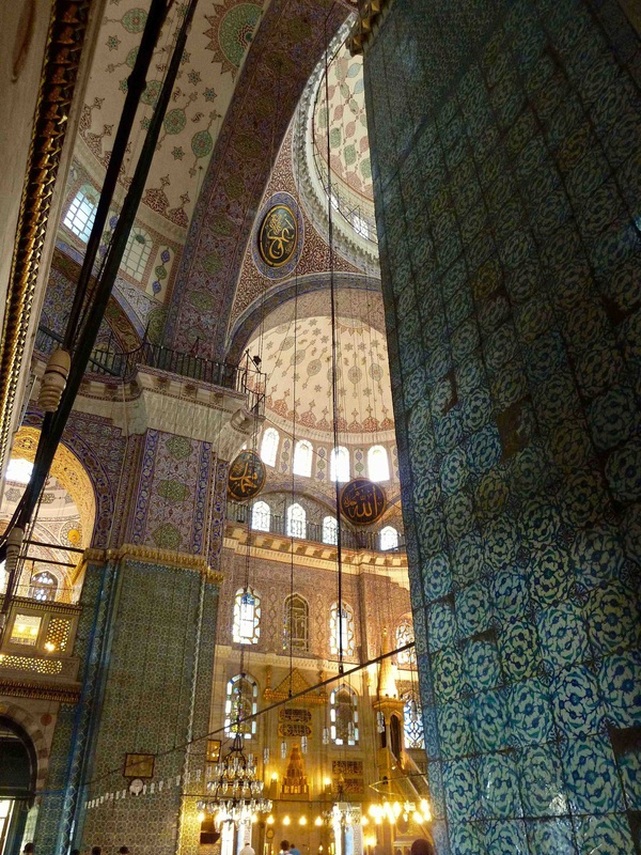
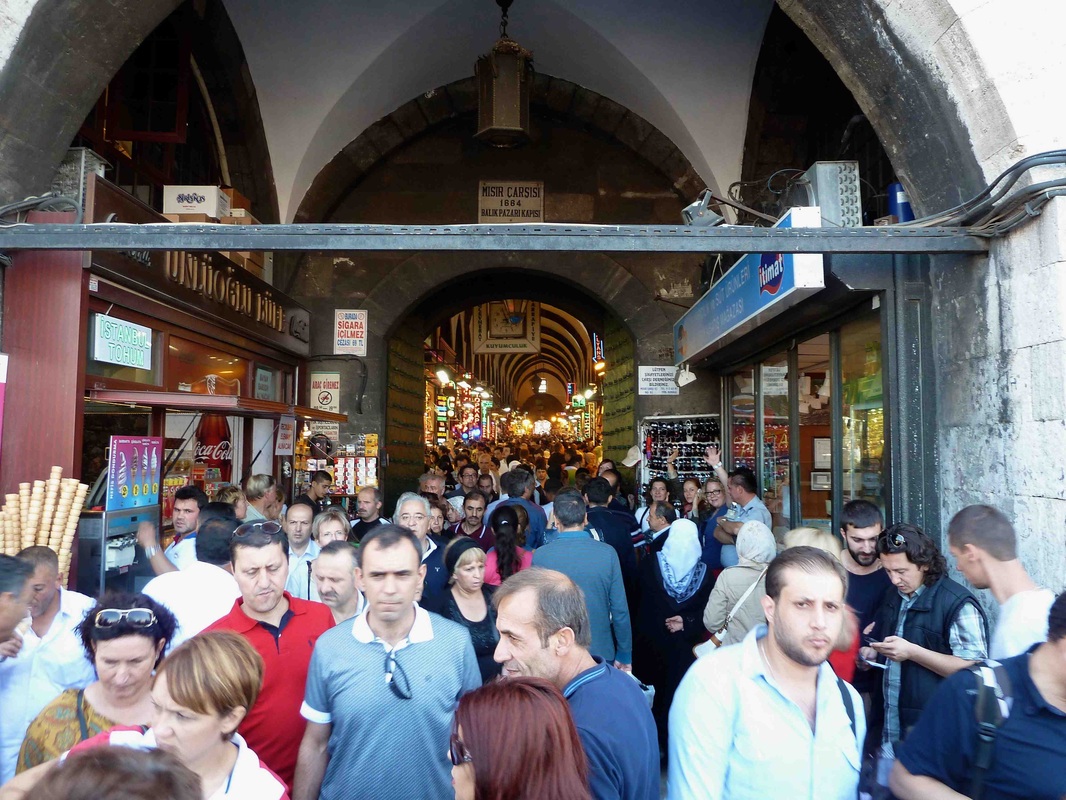
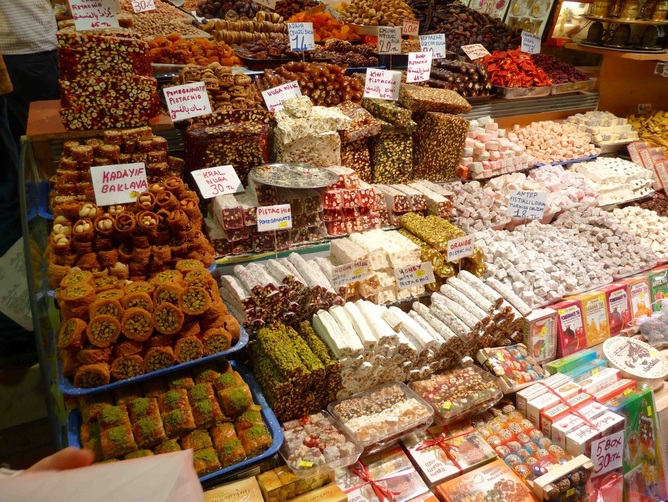
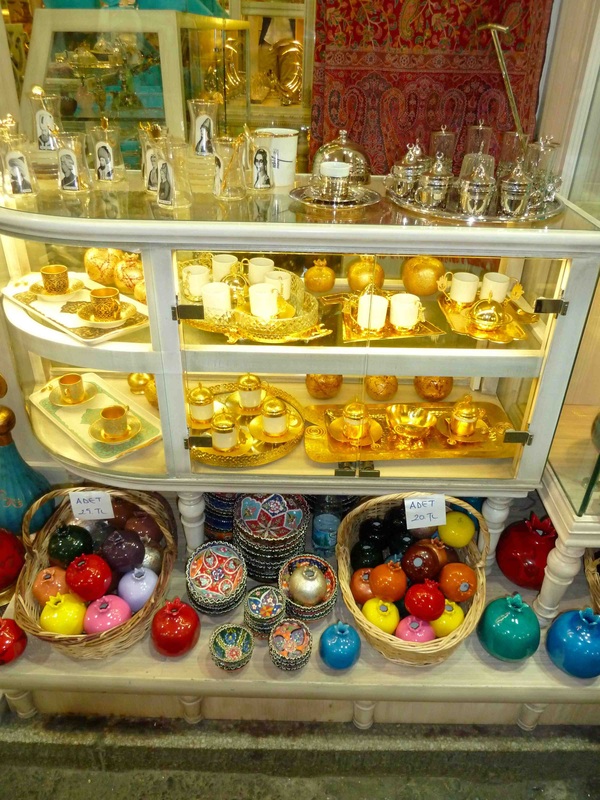
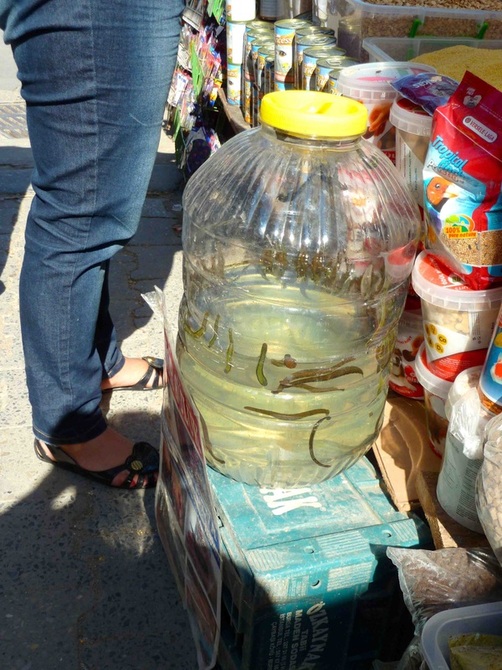
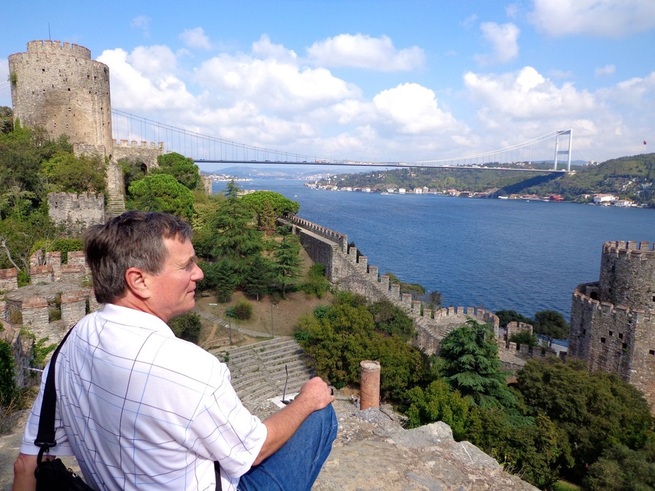
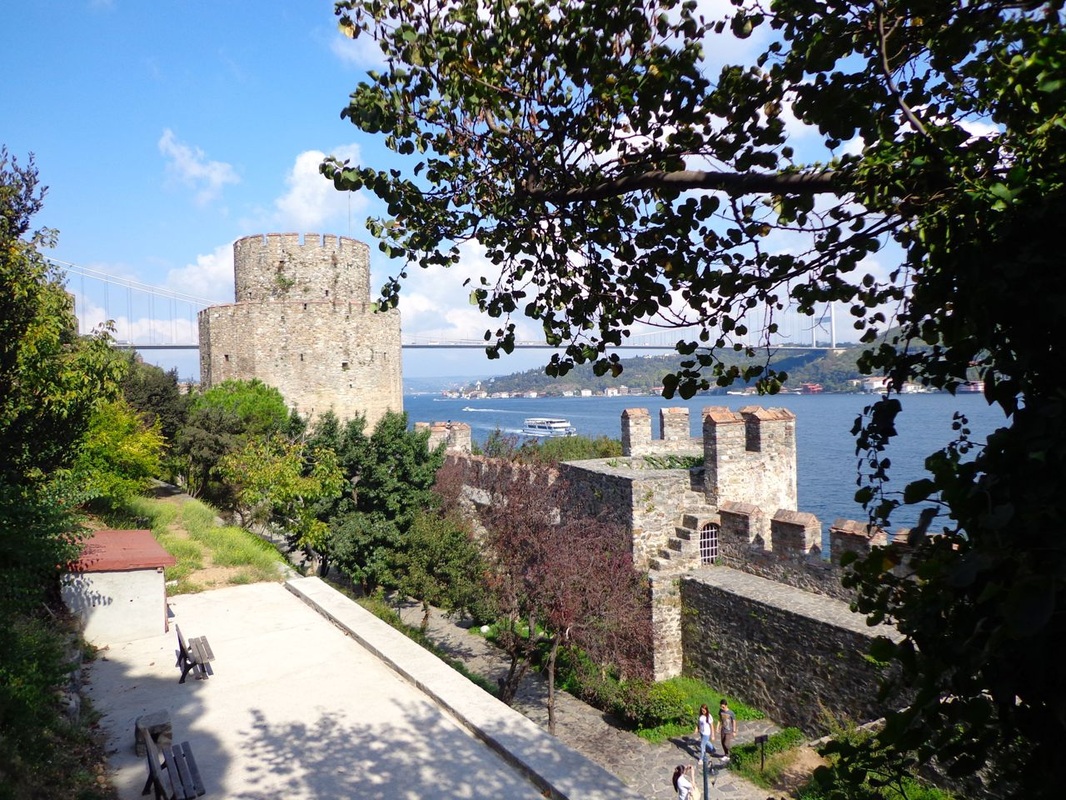
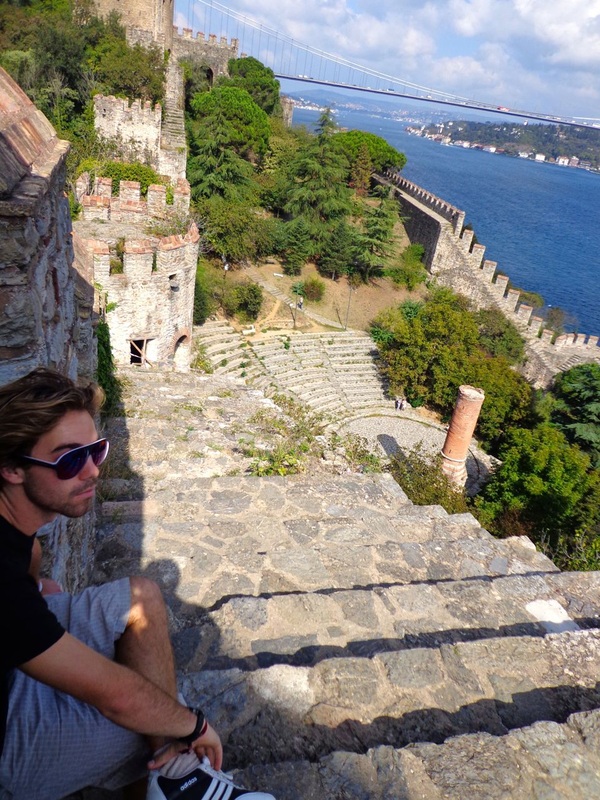
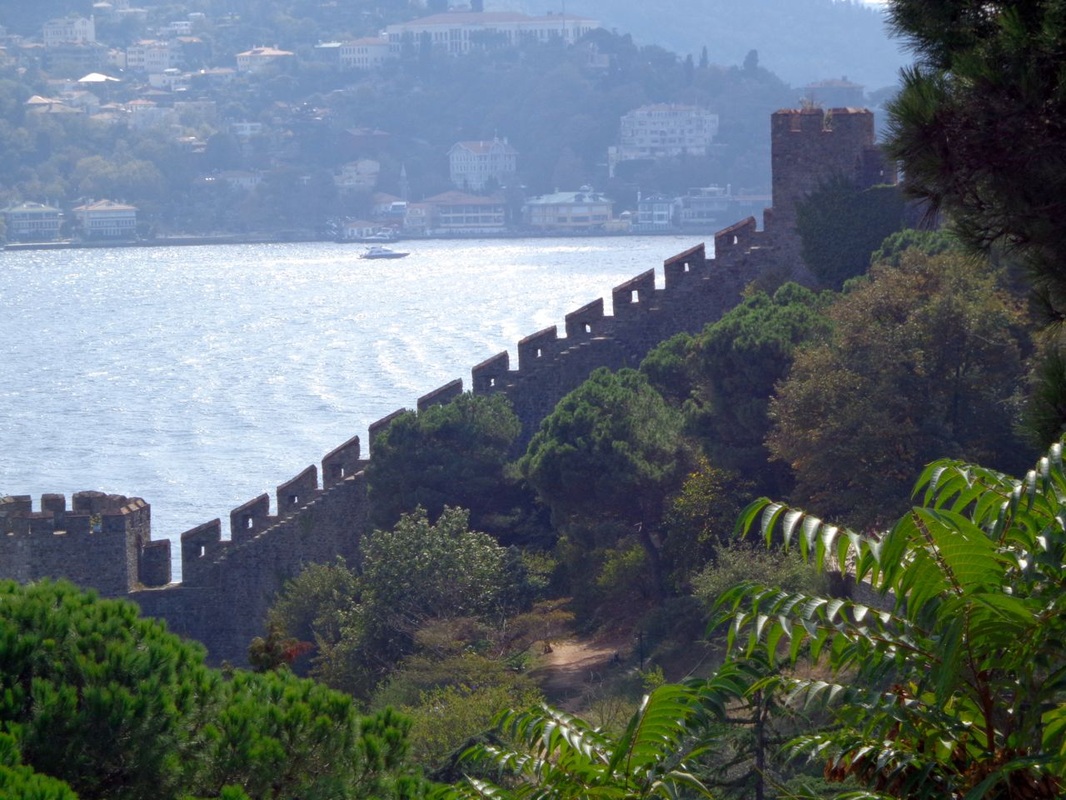

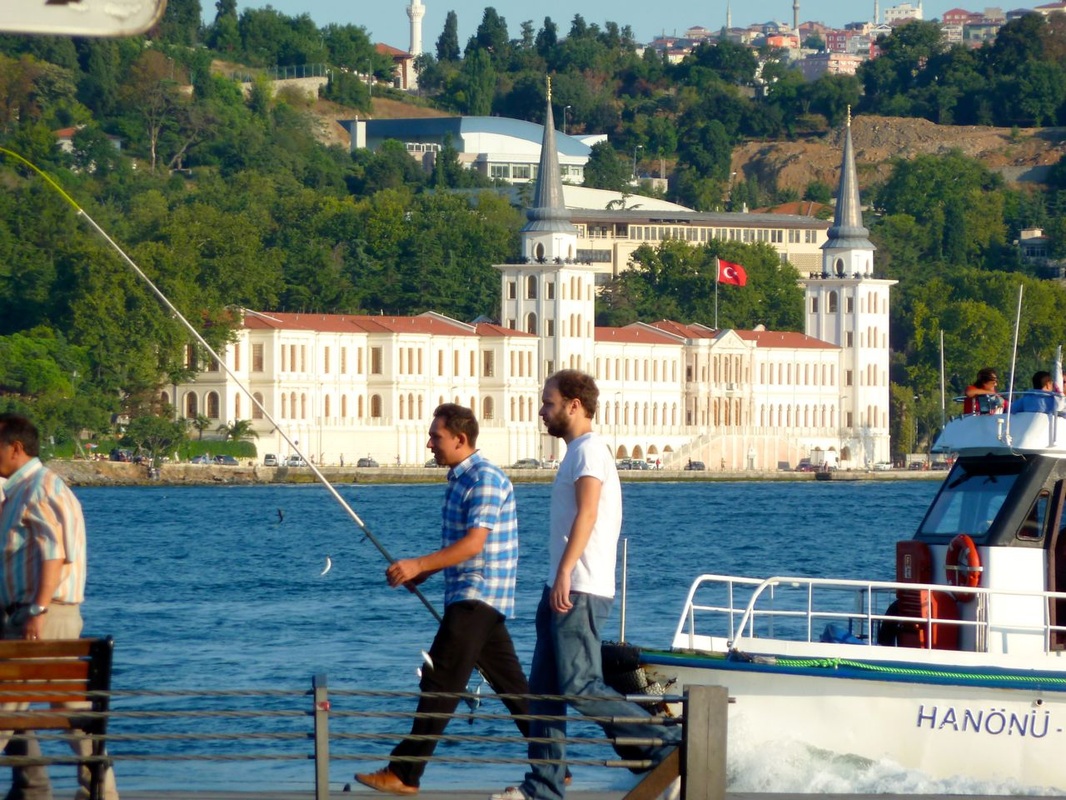
 RSS Feed
RSS Feed